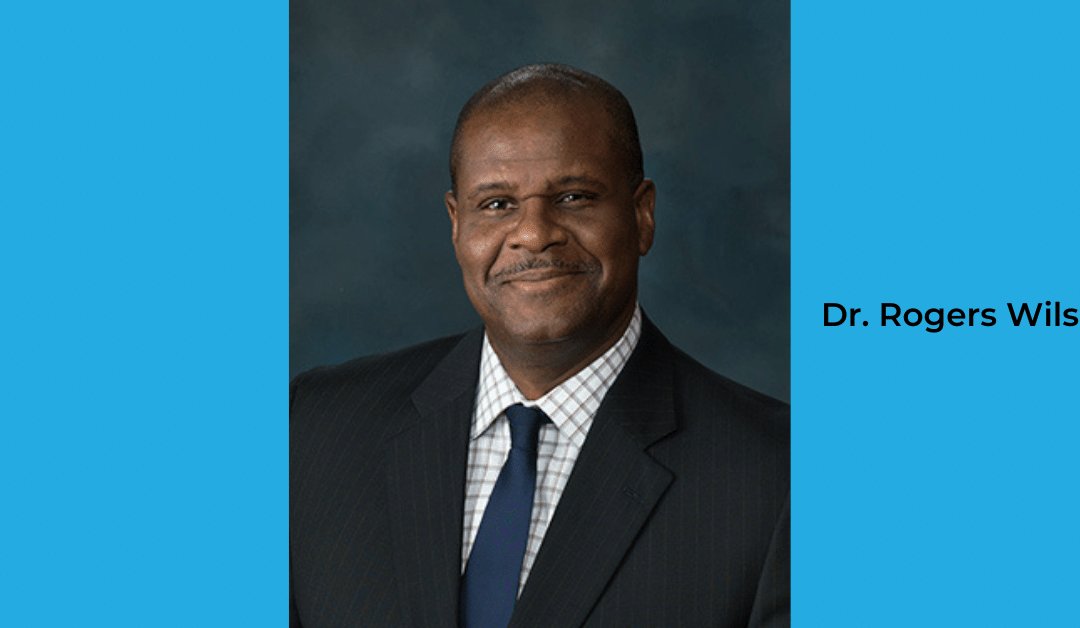
by Bag It Team | Dec 1, 2021 | Podcasts
On this episode of Your Guide Through Cancer podcast, host and Bag It Executive Director, Mindy Griffith speaks with Dr. Rodgers Wilson, a forensic psychiatrist by training with an interest in transcultural psychology. They explore the effects of racial discriminations on health outcomes as well as the importance of early detection in cancer, sharing your personal history with your healthcare team and having the tools to move forward after a cancer diagnosis is critical to living your best life.
With over 30 years of clinical leadership experience, Dr. Wilson has worked with capitated provider organizations to improve population health management and instituted population health management strategies for health plans to impact the clinical care for high-risk clinical populations.
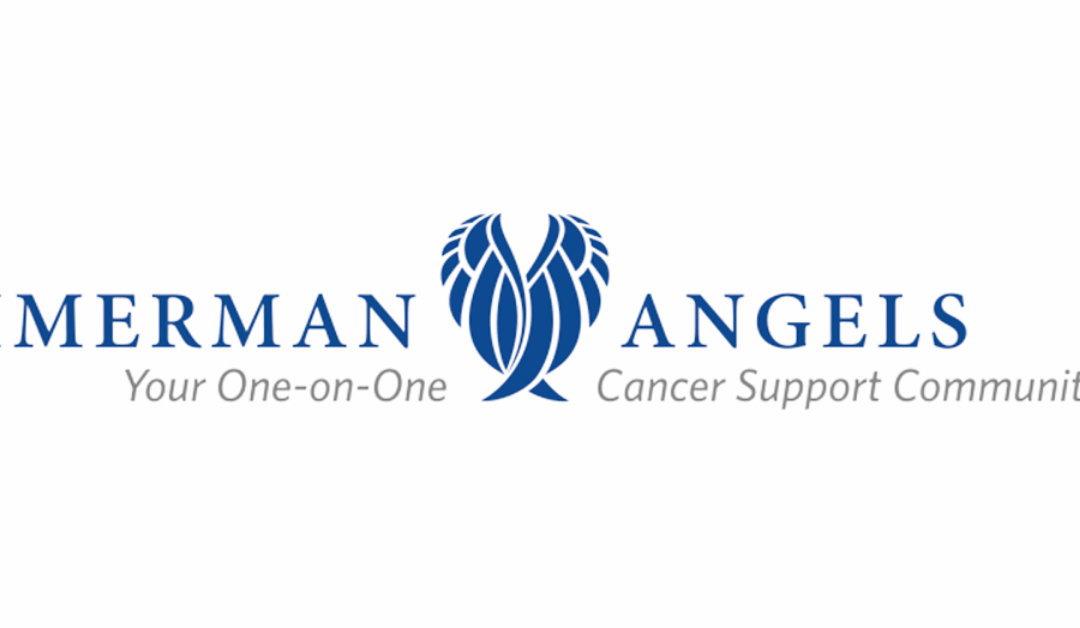
by Bag It Team | Nov 1, 2021 | Podcasts
On this episode of Bag It’s podcast, Your Guide Through Cancer, Host & Executive Director, Mindy Griffith, talks with Jonny Imerman.co-founder of ImermanAngels.org, a Chicago-based nonprofit that provides free one-on-one peer cancer support for thousands of cancer families each year & partners with hundreds of hospitals.
Jonny Imerman grew up in Metro Detroit and shortly after graduating from the University of Michigan, he was diagnosed with advanced cancer & experienced 2 years of chemo & surgeries. Jonny also co-founded CLOZTALK.com, a giant e-store where people can buy made-on-demand, high-quality “nonprofit org” brand logo apparel & choose from hundreds of vetted causes.
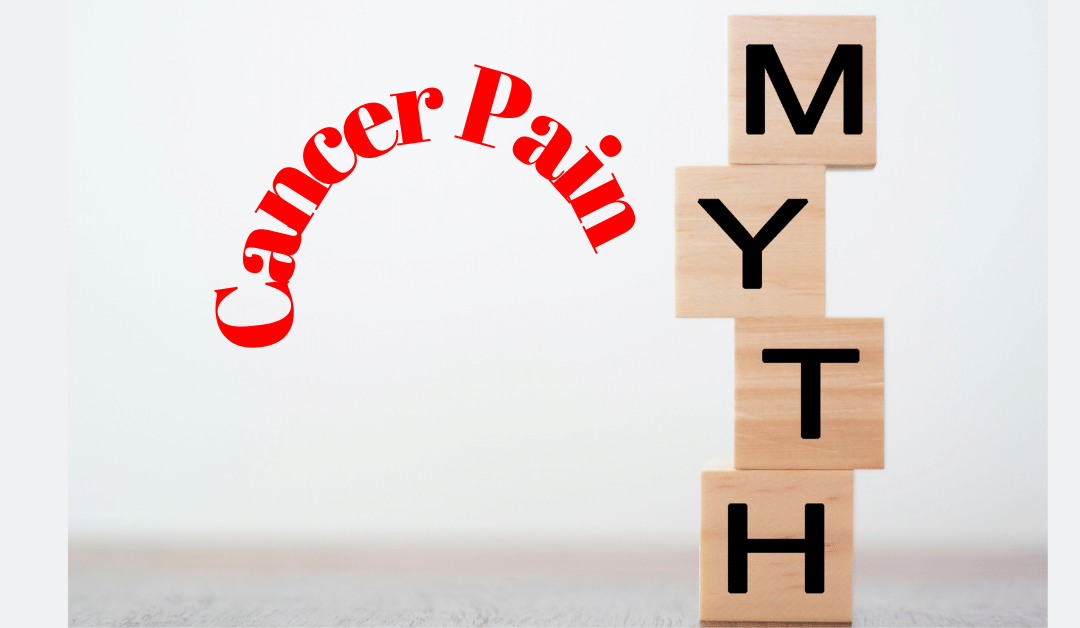
by Bag It Team | Sep 14, 2021 | Educational Articles

Myth #1: Everyone experiences pain with cancer.
Facts:
- About half of people with cancer experience pain at some point – but about half don’t.
- Pain management is part of cancer treatment. In most cases pain can be controlled.
- Those with advanced cancer usually experience more pain than someone newly diagnosed.
Learn about the different types of pain, its causes, and how pain can be measured Causes of cancer pain: Pain can be caused by the tumor itself, cancer tests or procedures done, or it can occur as a side effect of treatment (surgery, chemotherapy, immunotherapy, radiation therapy). There can be more than one cause of pain. Some pain ends when treatment ends but some pain can be ongoing and chronic. Types of Pain:
- Acute pain – this type of pain comes on quickly but it does not last long. It can be mild, moderate, or severe.
- Chronic pain -this type of pain can be consistent or it can get worse, lasing a long time. Again, it can be mild, moderate, or severe.
- Breakthrough pain – this type of pain is usually a sudden increase in intense pain that “breaks through” the pain medications being taken to control pain, typically between does. It lasts for a short time. There are medications specifically used to treat this type of pain.
Pain Severity: Everyone experiences pain differently. It’s a good idea to keep a record of your pain to share with your healthcare team. Using one of the customizable logs in section 2 of Bag It’s My Companion Guidebook is an easy way to track your pain. You can use the scale below to assess your pain’s severity and type, noting when, where, how it feels (e.g. “burning,” “stabbing,” “throbbing) and other pertinent details on the form. Make copies to give to your healthcare team at your next appointment. This will help them to determine a pain management plan tailored just for you. Using a scale from “0” to “10”:
- 0 means no pain
- 1 to 3 means mild pain
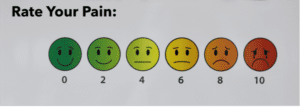
- 4 to 6 means moderate pain
- 7 to 10 means severe pain
Myth #2: Only opioid medications relieve cancer pain.
Facts:
- Non-opioid medications may be effective pain relievers depending on the type of pain someone is experiencing.
- Palliative surgery or radiation therapy is sometimes performed to ease symptoms and increase comfort.
- Palliative (supportive care) is care that focuses on relieving the symptoms of cancer, like pain, and other impacts on your physical, emotional, mental and spiritual well-being.
- Physical therapy, exercise, complementary and integrative medicine therapies such as acupuncture, massage and relaxation techniques are possible ways to manage pain without medication.
A personalized pain management plan prescribed by your healthcare team could include one or more of the above treatments to improve your quality of life. It’s important to talk openly with your healthcare team if you are experiencing pain. In addition to describing the pain in detail, let them know how it is impacting your daily life.
Palliative care (supportive care)
Palliative care is not hospice care. The aim of palliative, or supportive, care is to improve quality of life and maintain independence by reducing symptoms, managing pain, and supporting patients and their families. The aim of hospice care is to help the patient approach the end of life with peace, respect, and dignity, and it includes palliative care. Palliative care is an approach to care that addresses the person as a whole, not just their disease. The goal is to prevent or treat, as early as possible, the symptoms and side effects of the disease and its treatment, in addition to any related psychological, social, and spiritual problems. You can receive palliative care at any age and at any stage. Receiving palliative care does not mean that you will no longer receive treatment for the disease. People often receive treatment to slow, stop, or eliminate cancer in addition to treatment to ease discomfort. In fact, research shows that people who receive both types of treatment often have less severe symptoms, a better quality of life, and report they are more satisfied with treatment. Ask your healthcare team about the ways palliative care might be helpful to you and your family.
Additional Resources on Pain
ASCO Answers: Managing Cancer-Related Pain
Cancer Pain Control: Support for People With Cancer
ASCO’s booklet, Palliative Care

by Mindy Griffith | Sep 7, 2021 | Podcasts

Hear from Bag It Founder, Sherri Romanoski, as she shares with Impact Gap the importance of patient-physician communication, being your own advocate, and survivorship. Impact Gap is a graduate student-run, patient-centered podcast group at the University of Toronto. Their mission is to provide a platform to amplify patient perspectives, acknowledge patients as experts in their care, and raise awareness for important patient issues.
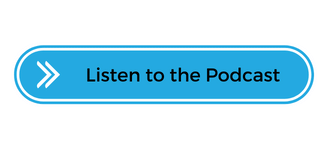
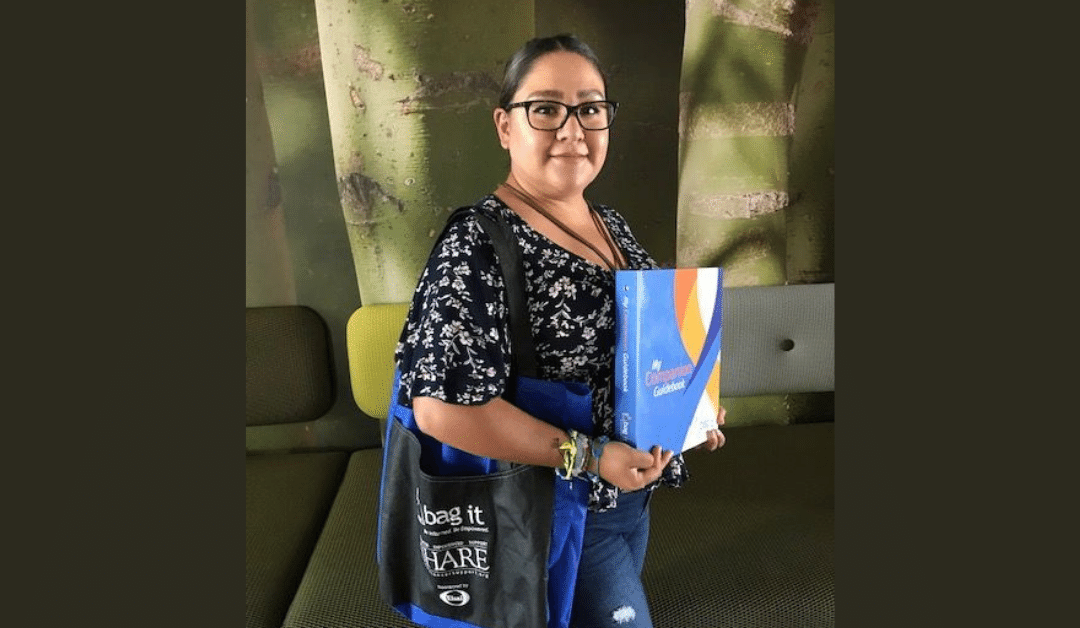
by Bag It Team | Aug 11, 2021 | Educational Articles
 August 1st is World Lung Cancer Day, a day to raise awareness about lung health and how to prevent lung cancer.
August 1st is World Lung Cancer Day, a day to raise awareness about lung health and how to prevent lung cancer.
Did you know…
- About 25% of cancer deaths are from lung cancer – that’s more than colon, breast and prostate cancer deaths combined. (But the good news is that fewer Americans are smoking these days and new lung cancer treatments have been very effective in controlling some types of advanced disease.)
- Active cigarette smoking is by far the leading cause (about 80-90%) of lung cancer, but air pollution, secondhand smoke and other chemicals in the home and workplace, and family history, are also risk factors.
- While some experience symptoms related to the lungs, most people with lung cancer don’t have symptoms until the cancer is advanced.
- If you are at high risk*, an annual low-dose CT scan to screen for lung cancer may save your life. It can detect lung cancer earlier, when it is more treatable. Speak with your doctor about your personal health history and screening risks, as it is not recommended for everyone.
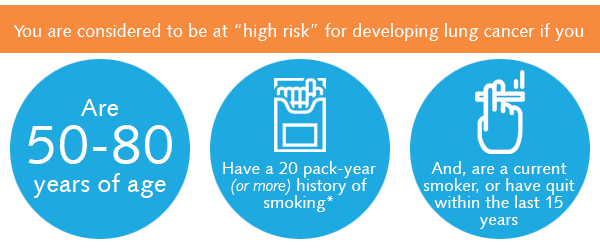
*(i.e. 1 pack a day for 20 years, 2 packs a day for 10 years, etc.)
Click here to order a lung cancer-specific or standard Bag it bag for yourself or as a gift for someone else. (available in English and Spanish)


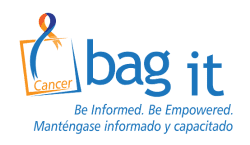


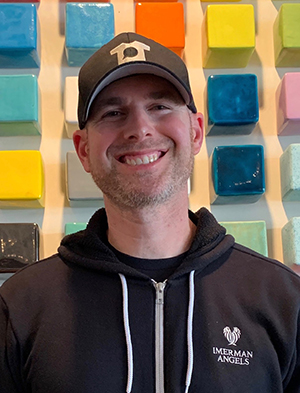






 August 1st is World Lung Cancer Day, a day to raise awareness about lung health and how to prevent lung cancer.
August 1st is World Lung Cancer Day, a day to raise awareness about lung health and how to prevent lung cancer.
Recent Comments